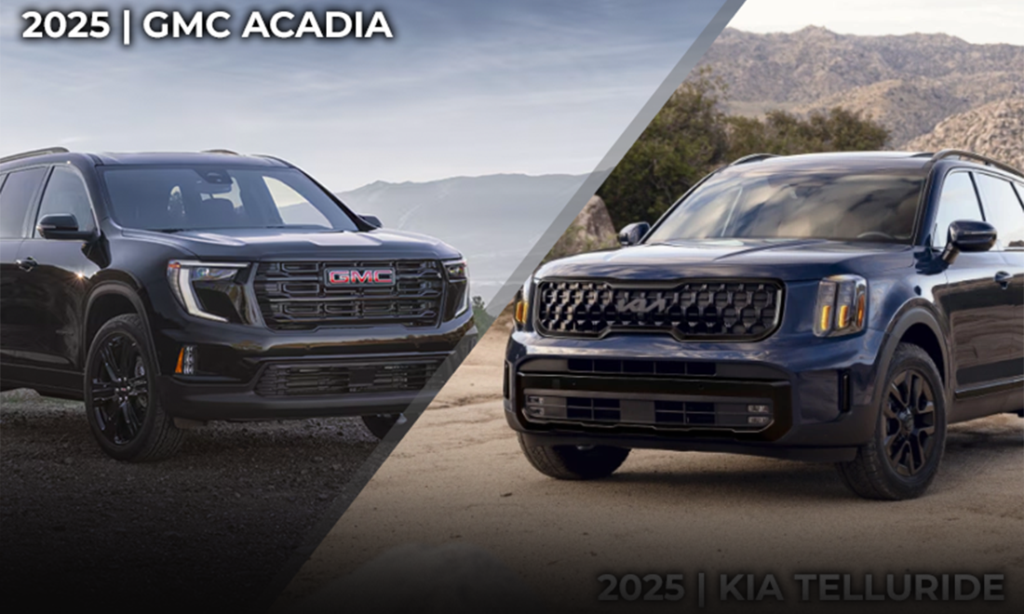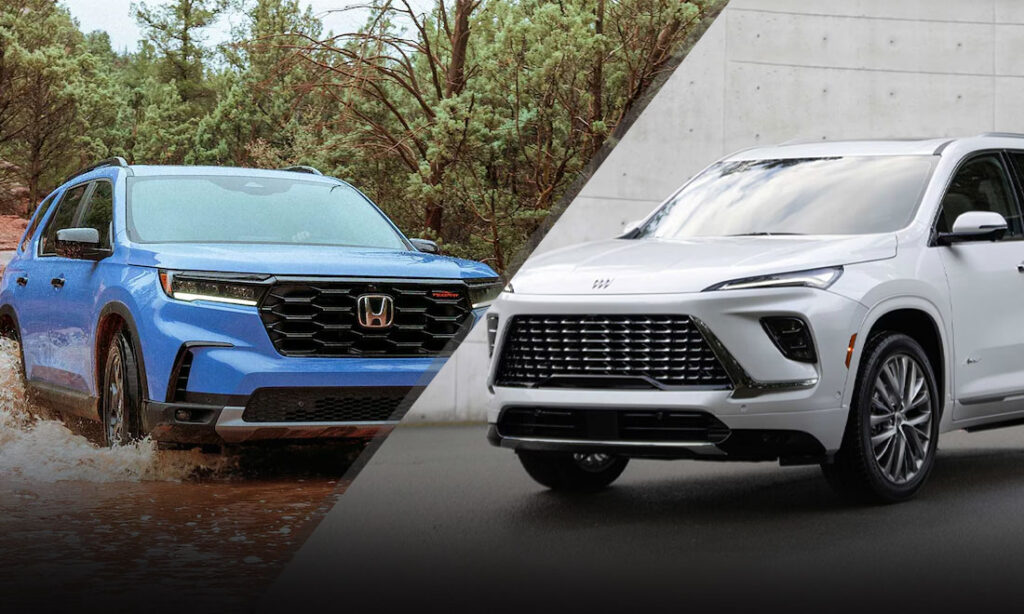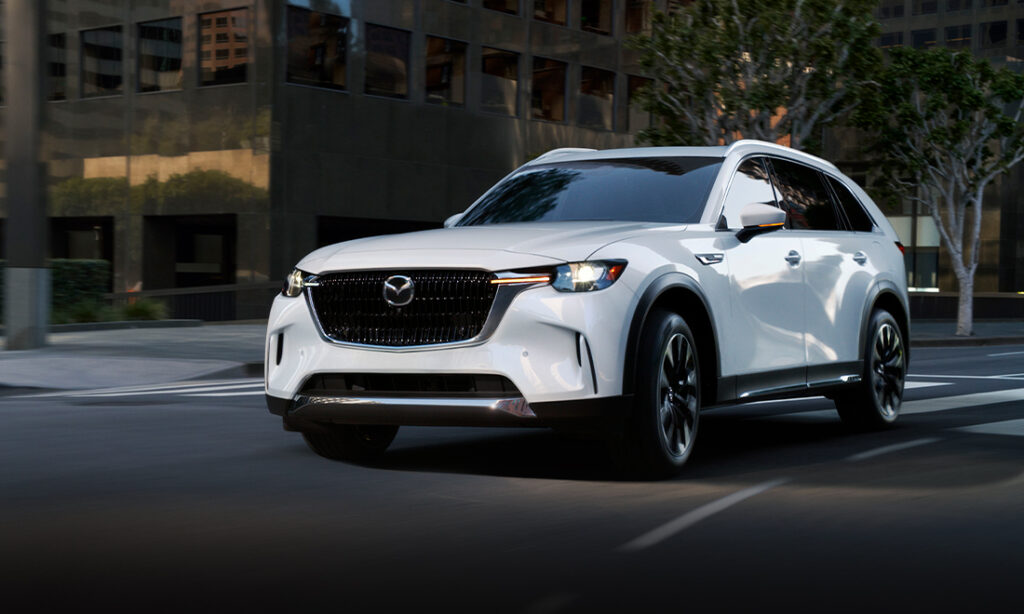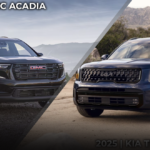Best Terrain Management Systems of 2024
Read about the best terrain systems available. This technology helps you get over any terrain you will find on-road or off.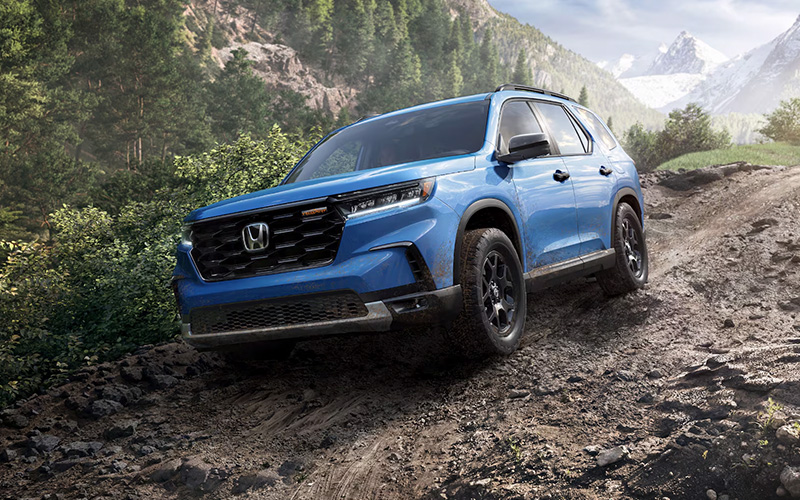
The Best Offroad Technologies in New SUVs
With every new 4×4 you see, there’s bound to be some form of a terrain management system integrated into its traction control system. These systems alter the parameters of the drivetrain, suspension, and the level of power delivery to each drive wheel to help you traverse across rough terrain far easier than without them.
Today, let’s pick out a handful of systems available on currently produced 4x4s to showcase what a robust traction control system can do for you these days. As you’ll see, they all follow a similar formula for success.
Ford G.O.A.T. Mode
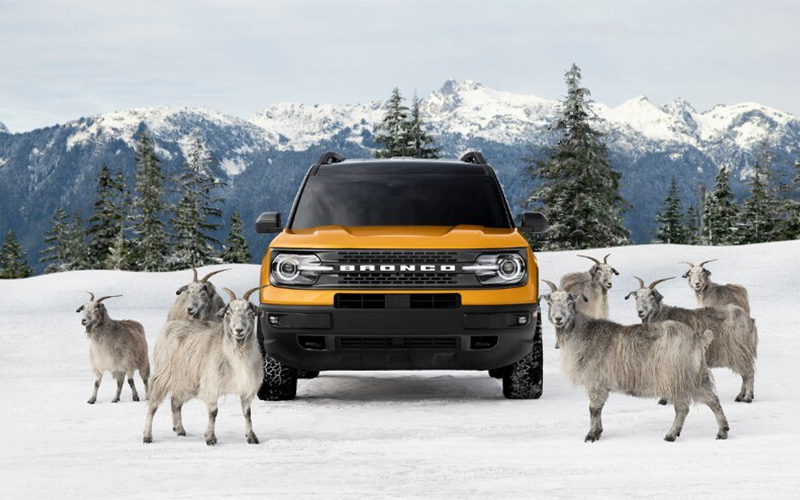
Goes Over Any Type of Terrain. Seems simple enough, but the traction control system native to certain trims of the Ford Bronco is as capable of a traction control arrangement that’s ever been fitted to a vehicle rocking the blue oval.
With the choice of Normal, Eco, Sport, Slippery/Wet, Sand/Snow, Mud/Ruts, Rock Crawl, Tow Haul, and a general-purpose off-road mode, Ford’s G.O.A.T. system has more adaptability built into it than the majority of the competition. It’s certainly a part of why Broncos are some of the most sought-after SUVs out there, despite the initial recall and quality concerns.
Hyundai Multi-Terrain Controller

The revised Hyundai Santa Fe ticks all the boxes. A bold, Land Rover-adjacent styling language, a peppy group of strictly-ICE, standard hybrid, and plug-in-hybrid drivetrains, plus an impressive new Multi Terrain Controller system competent enough to hold its own in the rough.
Coupled with Hyundai’s HTRAC four-wheel-drive system, and the Santa Fe in its current outfit is nearly as competent off-road as 4x4s double its price. Not quite on the same level, but enough to excite.
Toyota A-TRAC
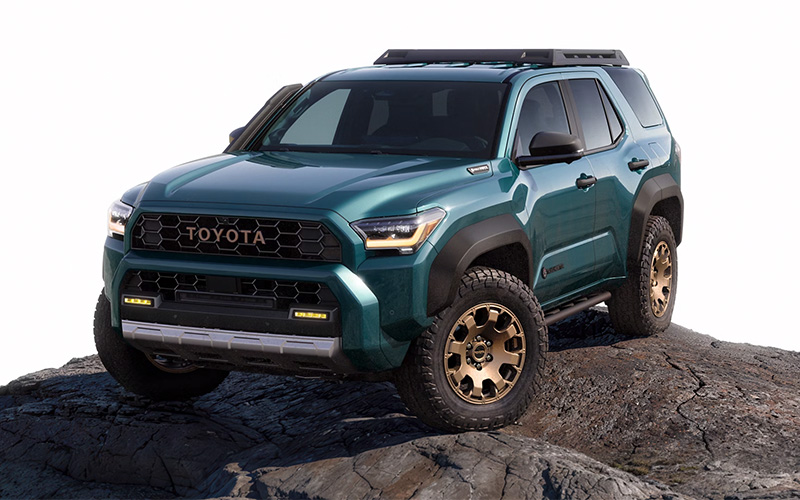
Ever wonder why Toyota got away with keeping the fifth-generation Toyota 4Runner in production for 15 years without question? Well, apart from superior reliability, the Toyota A-Trac system is usually left out of the celebration.
If you ask us, that’s a bit of a shame. Because even if the system isn’t as adaptable as a super contemporary system on a brand-new model, the A-Track in the soon-to-be-refreshed 4Runner simply just works well off-road. Yes, newer models have a bit more functionality. But if all you want is a reliable, competent off-roader with a capable terrain management system, A-Trac will do a fantastic job for you.
Honda Intelligent Traction Management System

Keep in mind that this isn’t necessarily just a collection of great four-wheel-drive systems. Not all SUVs have four drive wheels. The ones that don’t still need to poke around a trail every now and then. For this, Honda’s Intelligent Traction Management System does the trick.
Whether in four-wheel-drive or two-wheel-drive configurations, Honda’s terrain management system gives Passports, Pilots, Ridgelines and CR-Vs the best chance to emerge from the trail in one piece, even without four-wheel-drive.
Subaru X-Mode

Conversely compared to Honda, Subaru is altogether different. Save for the BRZ, the entire lineup comes in a four-wheel-drive layout. This means their own flavor of terrain management is a little different, too. With their X-Mode system, Subaru can control the throttle input, transmission gearing, all-wheel-drive power delibvery, and hill descent control remotely while the Symmetrical All-Wheel Drive system does the rest of the work.
Though most Subies will never see terrain more challenging than a few inches of snow, the ones that do are better taken care of than almost anything else on the road.
Jeep Selec-Terrain
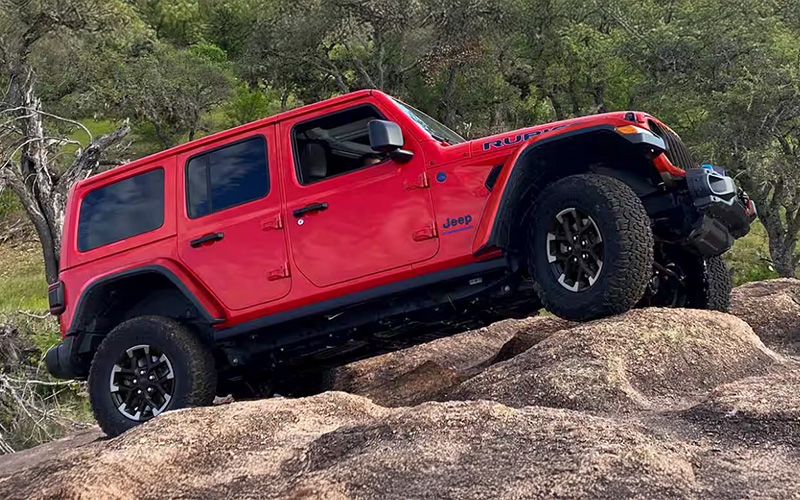
You don’t get a reputation for building the best bang for your buck off roaders for nothing. Even if the reliability is usually suspect, Jeep’s Selec-Terrain traction management system is nothing short of stellar.
Coupled with the Quadra-Trac I 4×4 system similar in scope to Ford’s G.O.A.T. system, new Wranglers, Compasses, Grand Cherokees, and Wagoneers might be heavier than Jeeps of old, but they’re just as capable.
Land Rover Terrain Response 2

Apply everything we said about Jeep, but remove the American flag and anything related to bang for your buck. First released in 2005 for that year’s Discovery, the second iteration of the Land Rover Terrain Response is no spring chicken either. It traces its heritage all the way back to 2013.
But hey, if Land Rover can save a few pennies by not fixing what isn’t broken, maybe they can pass some of the savings onto the customers. Okay, that’s wishful thinking, but it doesn’t change Land Rover’s dominance over the luxury 4×4 market.
Ineos Terrain Management
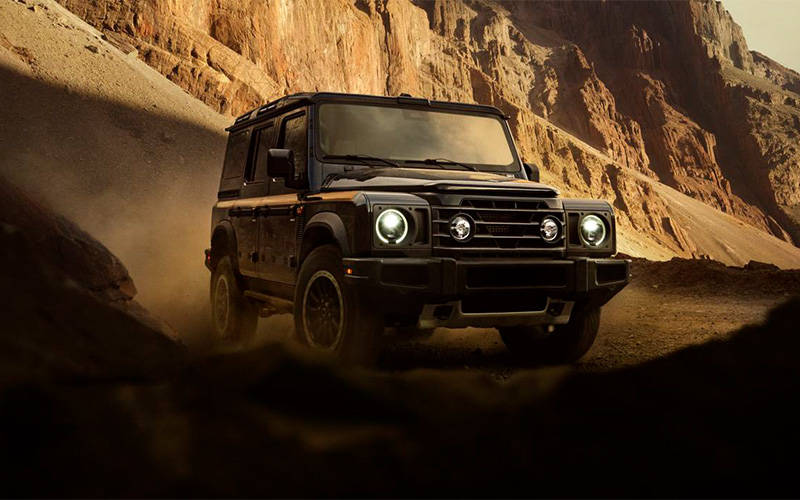
Here’s one we bet you didn’t expect. Though it’s presented like a boutique, limited edition off-road toy, the Ineos Grenadier is a full-fledged production 4×4 with mechanical solutions to what other SUVs solve with a touchscreen.
With six bespoke driving modes, front and rear locking axles, and their own flavor of Hill Descent Control, the Grenadier is a love letter to old SUVs. By merging the old and new school into one vehicle, the Grenadier is a cut above the rest.


